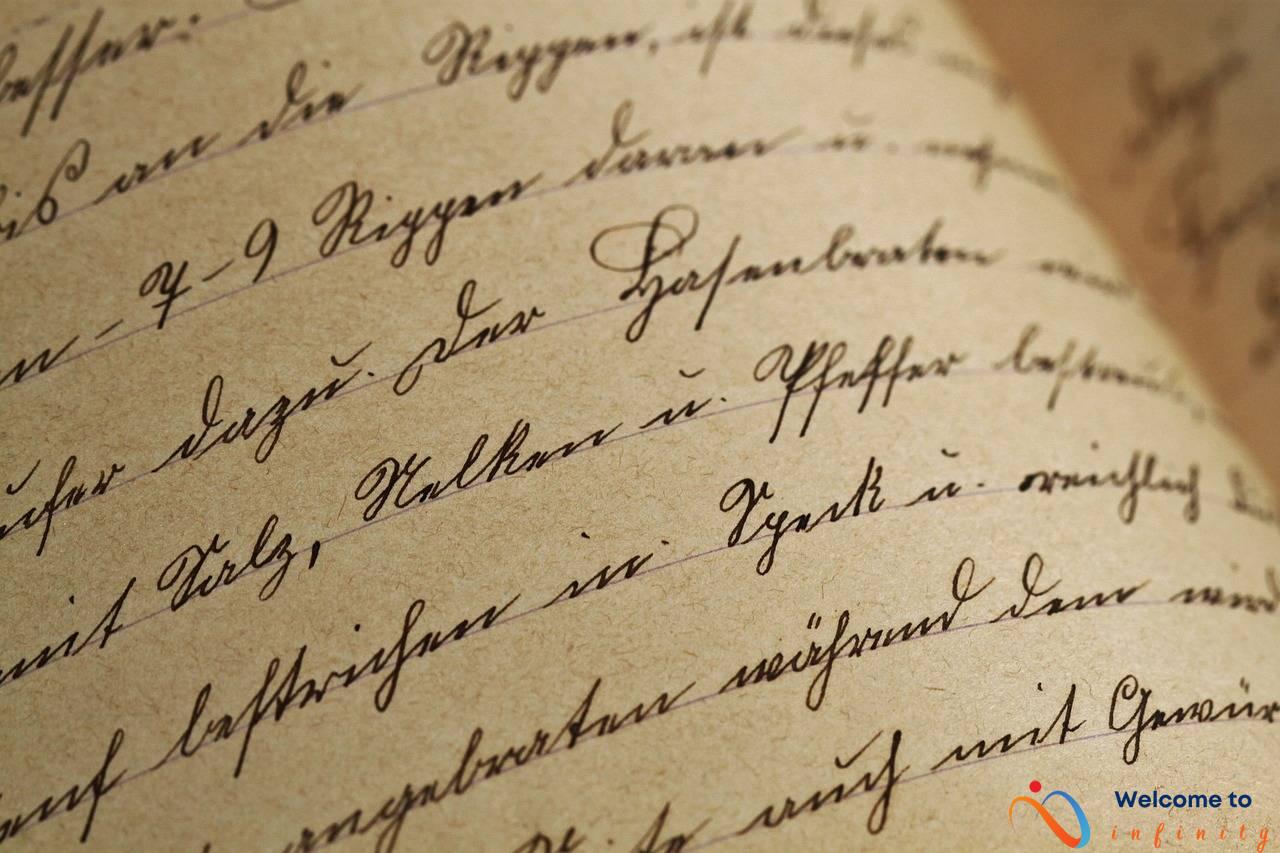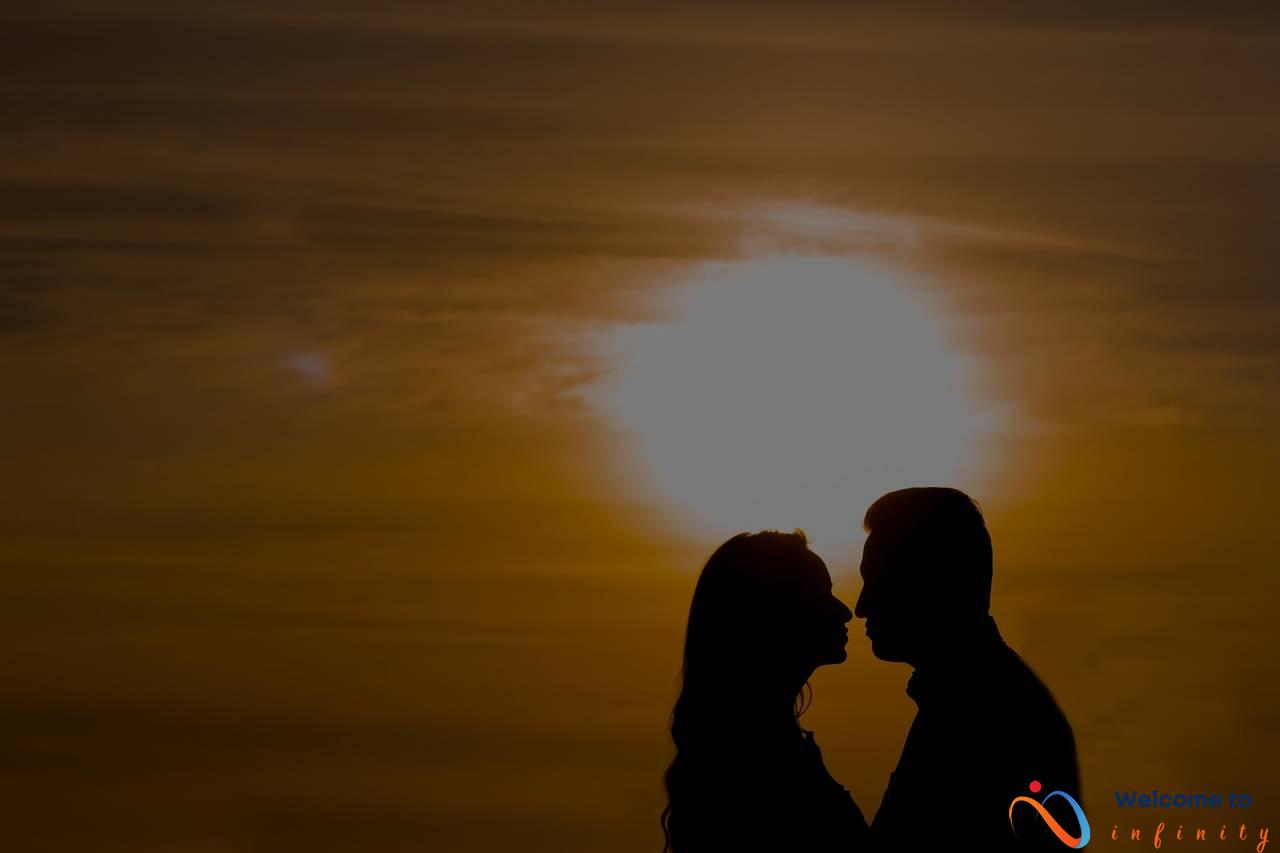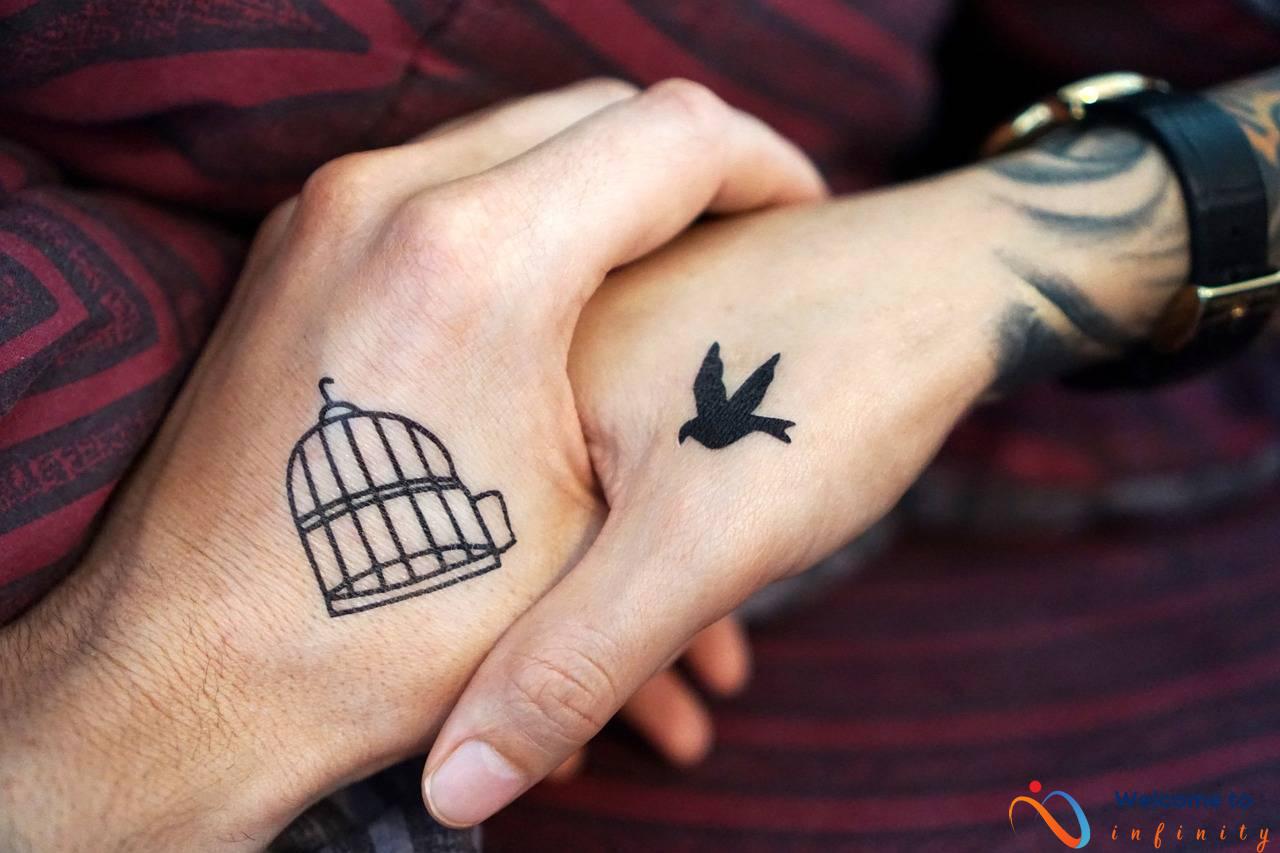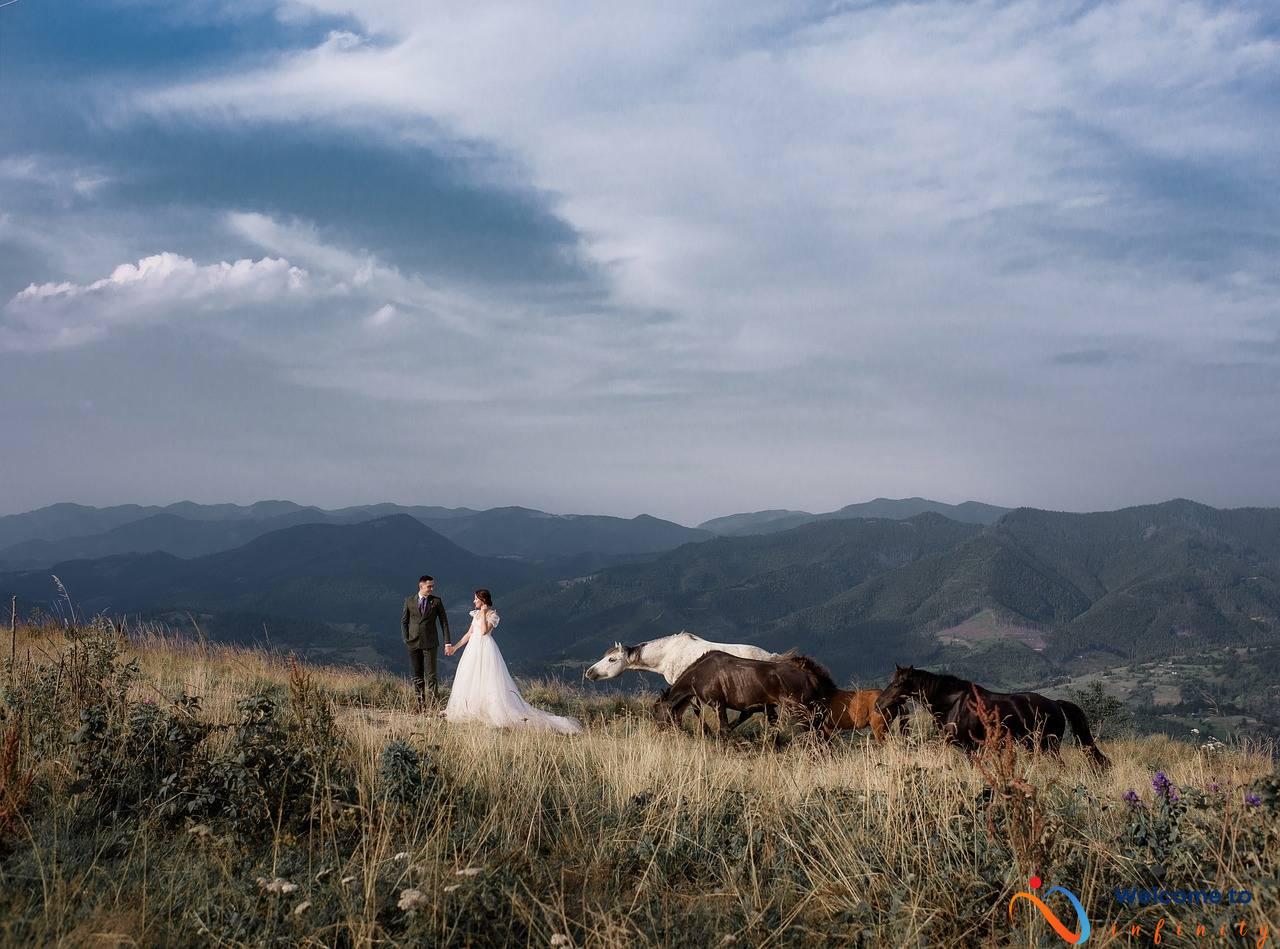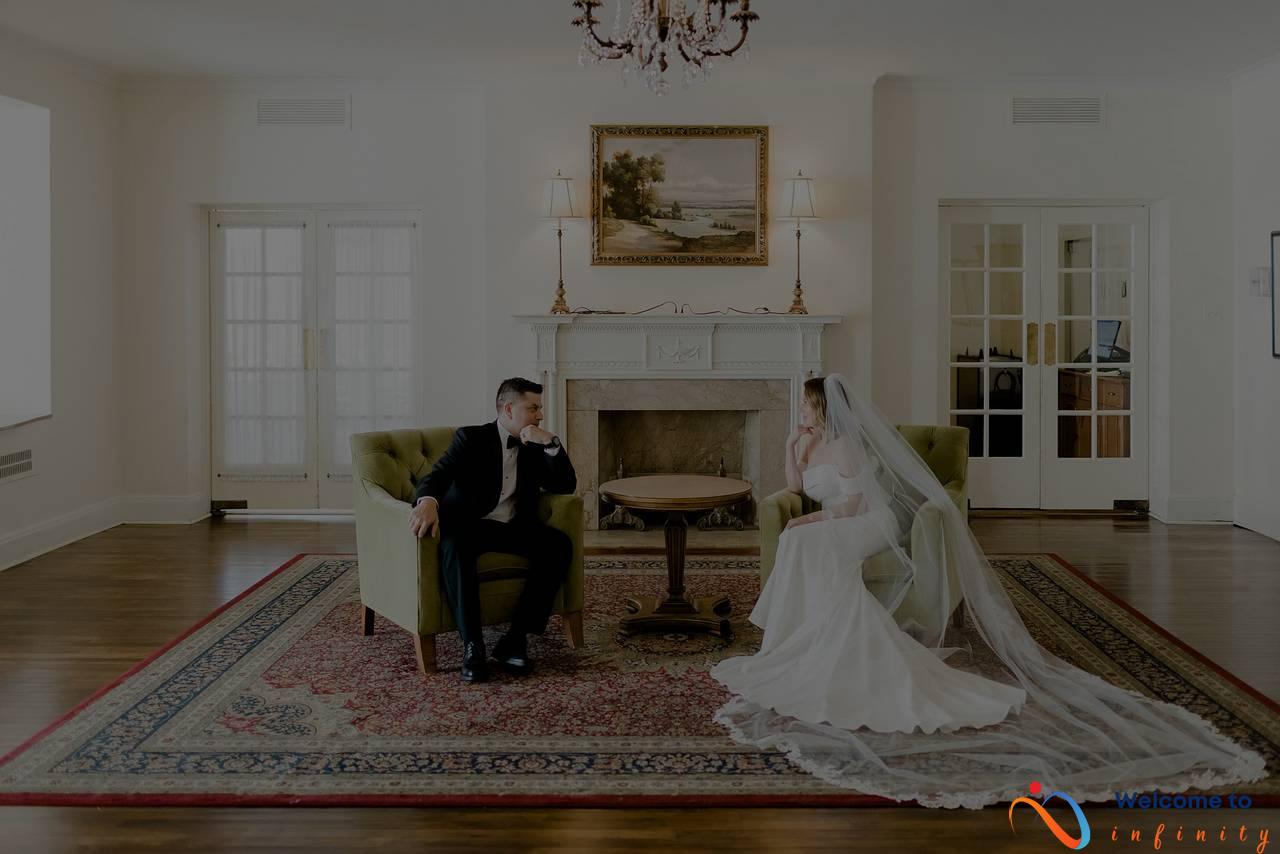Wedding photography is all about capturing the beautiful moments of the big day. Black and white photography, in particular, adds a timeless and classic touch to wedding pictures that will never go out of style. However, creating stunning black and white wedding photos requires a deeper understanding of light, tone, and composition.
Here are seven expert tips and tricks to help you capture the most stunning black and white wedding photos:
The key to successful black and white wedding photography is mastering the fundamentals of light and shadow. In monochromatic photography, it's essential to understand the tonal range of the image, from bright whites to dark blacks. Try to experiment with different lighting conditions to get a better grasp of how light affects the tones of your photos.
Contrast is an important element in black and white photography, as it helps to add depth and definition to the image. Using contrasting tones strategically can give your black and white wedding photos a dramatic and timeless feel. One way to do this is to accentuate differences between bright whites and deep blacks.
Filters are a fantastic way to control the amount of light that enters the camera and the contrast of the final image. Graduated neutral density filters can be used to filter bright skies and prevent over-exposure on the brightest part of the image. Additionally, colored filters help emphasize certain colors in the scene and make them stand out in the final image.
Shadows can be a powerful tool in creating captivating black and white wedding photos. Playing with the shadows and underexposing certain parts of the image can add depth and contrast, creating a striking monochromatic photo.
Black and white photography is all about texture and detail. Finding ways to bring out the texture of different elements in the image can take a normal wedding photo to the next level. Emphasizing texture in the bride's dress, the bouquet, or the wedding venue can give your black and white wedding photos a unique and artistic perspective.
Creating stunning black and white wedding photos requires more than just understanding light and tone. It's essential to also experiment with framing and composition, using negative space and focusing on details to add depth and interest to the image.
Negative space can be a powerful tool in creating visually stunning black and white wedding photos. By focusing on the space around the subject, you can create a thought-provoking image that captures the viewer's imagination.
Finally, focusing on details is key to capturing unforgettable black and white wedding photos. From capturing the small details, such as the bride's shoes or the groom's cufflinks, to emphasizing key elements, such as the first kiss or the exchange of vows, focusing on the little things can make a big difference in the final image.
By following these expert tips and tricks, you can create stunning black and white wedding photos that stand the test of time.
Understanding Light and Tone
If you want to capture stunning black and white wedding photos, you need to master the fundamentals of light and tone. Understanding light and shadow can help you create dramatic and timeless images that will be cherished by couples for years to come.
One key element to consider when working with light in black and white photography is the tonal range. This refers to the range of light, dark, and mid-tone values in your image. Achieving a good tonal range in your black and white photos can help you create images with greater depth and visual interest.
Another important factor to keep in mind when working with light and tone is the direction of the light source. Different types of light can produce different effects in your black and white photos, so it's important to experiment and find what works best for your subject and desired aesthetic.
When it comes to creating shadows in your black and white wedding photos, you can use a variety of techniques to achieve the desired effect. For example, you might use directional light to create deep, dramatic shadows, or you could use diffused lighting to create soft, subtle shadows that add depth and texture.
- Pay attention to the tonal range of your images
- Experiment with different light sources and directions
- Use shadow to add depth and interest to your photos
By mastering the fundamentals of light and tone in black and white photography, you can create stunning and timeless wedding photos that capture the depth and emotion of the big day.
Creating Contrast
Adding contrast to your black and white wedding photos is a powerful way to make them stand out. Contrast creates greater depth and definition, making your images look more striking and dramatic. Here are some tips to help you incorporate contrast into your wedding photography.
- Shoot in RAW: Shooting in RAW format allows greater flexibility in post-processing by providing more information about the highlights and shadows in your images. This gives you more control over the contrast in your photos.
- Expose Correctly: Proper exposure is critical when shooting in black and white. Too much exposure can cause your image to be too bright and washed out. Similarly, underexposure can lead to a lack of detail and a flat-looking photo. Use your camera's histogram to ensure that you have the correct exposure levels.
- Modify Your Lighting: Lighting is crucial when it comes to creating contrast in your photos. Use directional lighting to create shadows and highlights. Modify the lighting conditions by using reflectors or diffusers to control light direction and intensity.
Another effective way to add contrast is to use post-processing software. Software like Adobe Lightroom and Photoshop allows you to adjust the contrast and tones of your images to create the desired effect.
By incorporating contrast into your black and white wedding photos, you can create images that are striking, dramatic, and memorable. With a little bit of knowledge and practice, you can master the art of contrast and create beautiful photos that truly capture the essence of the big day.
Using Filters
One of the key tools in creating stunning black and white wedding photos is the use of lens filters. By controlling the amount of light and adjusting the contrast, filters can help you achieve the desired effects in your monochromatic images.
There are various types of filters available in the market, each designed for a specific purpose. The most commonly used filters for black and white wedding photography are polarizing filters, neutral density filters, and red filters.
Polarizing filters are used to reduce glare and reflections in the image. They can also add richness and depth to the colors in your photos. The degree of polarizing effect can be adjusted by rotating the filter to control the direction of light entering the lens.
Neutral density filters, on the other hand, are used to reduce the amount of light entering the lens without affecting the colors or hue of the image. These filters are especially useful for outdoor shoots where the lighting conditions may be too bright and harsh.
Red filters can help enhance the contrast in your black and white images by darkening the blues and greens in the scene. This can make the whites appear brighter, making the image more dynamic and visually appealing.
When using filters, it is important to keep in mind the type of lighting and composition of the scene. Experiment with different filters and settings to achieve different effects and give your black and white wedding photos a unique and artistic look.
Playing with Shadows
Shadows can add a layer of depth and interest to black and white wedding photos. When utilized properly, they can make an image look more dynamic and captivating. Shadows can also help to emphasize certain elements and textures in your photos.
To begin playing with shadows, it is important to understand the direction of the light source. Experiment with placing the light source in different positions and observing how the shadows change. You can also try to manipulate the shadows by using reflectors or blocking the light source with objects.
Another technique is to use shadows to create negative space. Negative space is the area around the subject of the photo that is intentionally left empty. By using shadows to create negative space, you can draw attention to the subject and make it appear more prominent.
When photographing the bride and groom, you can use their silhouettes to create a dramatic effect. Position them in front of a light source and let their figures cast a shadow on a plain background. This works particularly well during sunrise or sunset where there are long shadows.
Don't be afraid to play around with shadows and experiment with different techniques. Remember that shadows can be just as important as the subjects in black and white wedding photography.
Emphasizing Texture
One of the most important aspects of black and white wedding photography is emphasizing texture. By effectively bringing out the texture and detail in your photos, you can create images that are unique, artistic, and captivating.
One way to emphasize texture in your black and white wedding photos is to play with lighting. Use directional lighting to create shadows that highlight the texture of the bride's dress or the groom's suit. You can also use natural light to your advantage by photographing details like flowers or jewelry in soft, diffused light.
Another effective technique is to experiment with depth of field. By using a shallow depth of field, you can create a soft, dreamy effect that emphasizes texture and draws the viewer's eye to specific details. On the other hand, using a deeper depth of field can create a sharp, crisp image that showcases the texture and details of the entire scene.
Finally, don't be afraid to get creative with your editing techniques. By adjusting the contrast and brightness in your photos, you can bring out hidden textures and details that may have been lost in the original image. You can also experiment with black and white filters to create unique and artistic effects.
Remember, emphasizing texture is all about experimentation and pushing the boundaries of traditional black and white wedding photography. By incorporating these techniques into your work, you can create stunning and unforgettable images that will be cherished for years to come.
Framing and Composition
Framing and composition are important elements of photography that can make or break a picture. For black and white wedding photography, it is essential to use these techniques to create depth and interest in your images. Here are some tips to help you get creative with framing and composition:
- Use leading lines to draw the viewer's eye to the subject. This could be a path, a fence, or even the edge of a building.
- Experiment with different angles to find the best perspective. Consider shooting from above, below, or at eye level to create a unique point of view.
- Include foreground elements to add depth to your photos. This could be anything from a plant or decoration in the foreground to people walking in the distance.
- Don't be afraid to get close. Focus on a certain part of the wedding dress or the bride's face, for example, to add intimacy and emotion to the image.
- Use the rule of thirds to create balance and symmetry in your photos. Imagine a grid overlaid on your image and place the subject along one of the lines or at their intersection.
Remember, framing and composition should enhance, not distract, from the beauty of the moment. So, take your time and experiment to find what works best for each situation. With these tips, you will be able to create captivating black and white wedding photos that will be cherished for a lifetime.
Utilizing Negative Space
Utilizing negative space is one of the most effective techniques in creating stunning black and white wedding photos. Negative space refers to the empty areas around the subject, and when used correctly, it can add depth, emotion, and create a sense of balance in your images.
One way to use negative space in black and white wedding photography is by capturing the bride or groom in the middle of a grandiose landscape or architecture. By positioning the subject in the center of the shot and filling the surroundings with empty space, you can create a breathtaking image that highlights the subject's grace and poise.
Another technique is by framing the subject with negative space. For instance, you can photograph the couple from a distance, and use the foreground or background areas to create a frame around the subject. This technique can add a sense of intimacy and complexity to your photos, making them more captivating and thought-provoking.
You can also use negative space to create contrast, especially in low-light situations. By allowing a portion of the scene to remain dark or empty, you can draw attention to the part of the image that is well lit and sharp, giving a more dramatic and powerful effect to your images.
Ultimately, utilizing negative space in black and white wedding photography is an art form that requires creativity, patience, and a keen eye. It's about seeing the world around you in a different light and capturing it in a way that is both stunning and timeless. So, don't be afraid to experiment and explore the power of negative space in your monochromatic wedding photos.
Focusing on Details
Creating memorable black and white wedding photos involves paying attention to the little details that make up the big day. From capturing the intricate details of the bride's dress and the groom's cufflinks to emphasizing the key elements of the ceremony, focusing on the details can take your photos to the next level.
Start by scouting the venue for interesting elements that can be included in the photos. Perhaps there are unique architectural features or decorations that can serve as a backdrop for your shots. Remember that even the smallest details can make a big impact on the final image.
During the ceremony, focus on capturing the emotional moments between the couple, their friends, and family. Take close-up shots of the rings, flowers, and other important details that are part of the day. These photos will serve as a lasting reminder of the special moments that make up the wedding day.
To emphasize the details, try playing around with depth of field. By adjusting the aperture, you can blur out the background and highlight the details that you want to focus on. Additionally, using macro lenses can help you capture the intricate details of small objects such as jewelry and other accessories.
When selecting photos to include in the final collection, be sure to choose those that emphasize the little details that make the day unique. Consider creating a gallery of images that showcase the details to provide a different perspective on the wedding day.
In summary, focusing on the details is an important aspect of black and white wedding photography. From capturing the small details to emphasizing key elements, this approach can help create unforgettable images that serve as a lasting memory of the big day.




